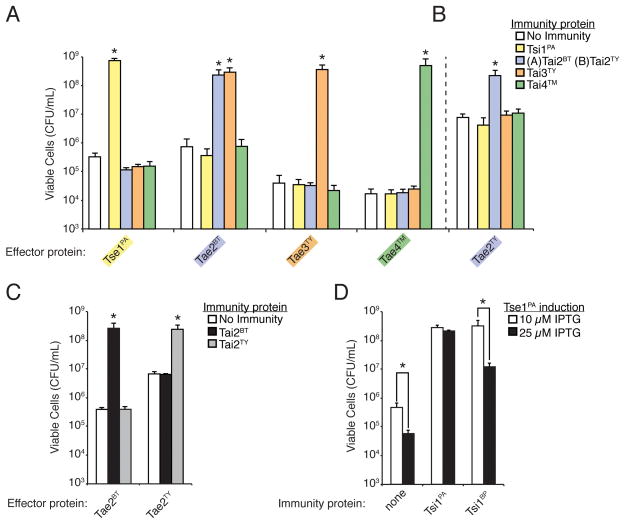Figure 5. Immunity proteins display varying non-cognate effector neutralization.
(A) Tai3TY is an exception to a simple cognate effector–immunity protection model. All panels in this figure show the growth of E. coli harboring vectors co-expressing the indicated effector and immunity proteins. Immunity proteins were induced identically in all panels. Error bars represent ± s.d. (n=3). Expression data for all experiments are provided in Figure S2. Asterisks in (A), (B), and (C) indicate immunity proteins that provided significant protection above the empty vector control (p < 0.05).
(B) The immunity provided by Tai3TY against Tae2BT does not extend to all family 2 effectors. Data demonstrating the catalytic activity of Tae2TY on peptidoglycan are shown in Figure S5.
(C, D) Effector proteins of the same family are not always recognized by all immunity proteins of that family. (C) Co-expression of either Tae2BT or Tae2TY with Tai2BT or Tai2TY. (D) Co-expression of Tse1PA with Tsi1PA or Tsi1BP with either lower (10μM IPTG) or higher (25μM IPTG) induction of Tse1PA. Asterisks denote instances in which immunity proteins provided significantly lower protection against Tse1PA at higher induction levels of the effector (p < 0.05).

